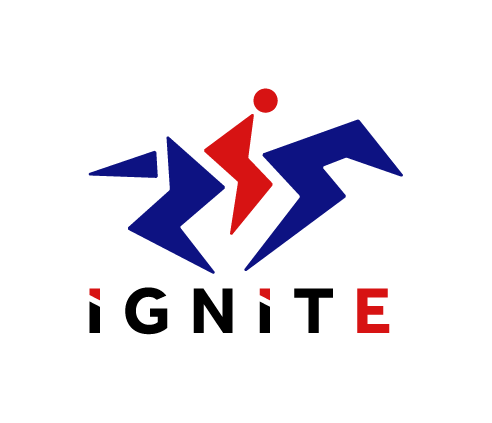Combining Coaching and Research | Episode 47
By Tim Worden & Nicole Lakin of the IGNITE
Dr. Eva Marunova is an accredited equestrian coach, a university lecturer, and a researcher in based in the UK. In this episode, she details her journey to completing her PhD and describes her research examining equine compensatory movement strategies during lameness.
Our first episode of 2024 features a very fascinating conversation with Eva. Having completed an undergrad in economics and worked in downtown London, she decided that lifestyle was not for her, and she returned to horses. Our discussion covers Eva’s journey from working in the equestrian industry to completing a PhD studying equine lameness in one of the premier labs in the world. She also discusses some of her insights as a coach, where she approaches her craft through a unique lens (given her background).
We also cover some of the research Eva completed during her PhD. Specifically, she provides a very nice explanation of why horses alter their movement strategies differently for forelimb vs hind limb lameness, and how watching the head, withers and pelvis alone can teach us a lot about where a horse is sore.
About the Expert
Dr Eva Marunova is an accredited equestrian coach, a university lecturer and a researcher based in the UK. As a practitioner-academic, she enjoys exploring topics that relate to applied equine biomechanics and horse-rider interaction. Eva spent many years working internationally in the industry as a groom, a yard manager and a coach before rejoining academia, and she is passionate about making research accessible and relevant to the wider equestrian community. Eva splits her time between coaching riders and lecturing on veterinary physiotherapy and equine undergraduate programs at Writtle University College as well as for the MSc Equine Science program at the University of Edinburgh. She has also recently completed a PhD in equine biomechanics at The Royal Veterinary College, with a focus on the quantification and evaluation of movement asymmetries in horses with the help of gait analysis.
If you enjoyed this podcast episode, be sure to check out our in-depth video content in the Sport Horse Series Video Library!
Episode Links
Hosts: Nicole Lakin and Dr. Tim Worden of the IGNITE
Podcast Website: Sport Horse Podcast
Presenting Sponsor: IGNITE
Guest: Dr Eva Marunova
Link: Empowered Equitation

